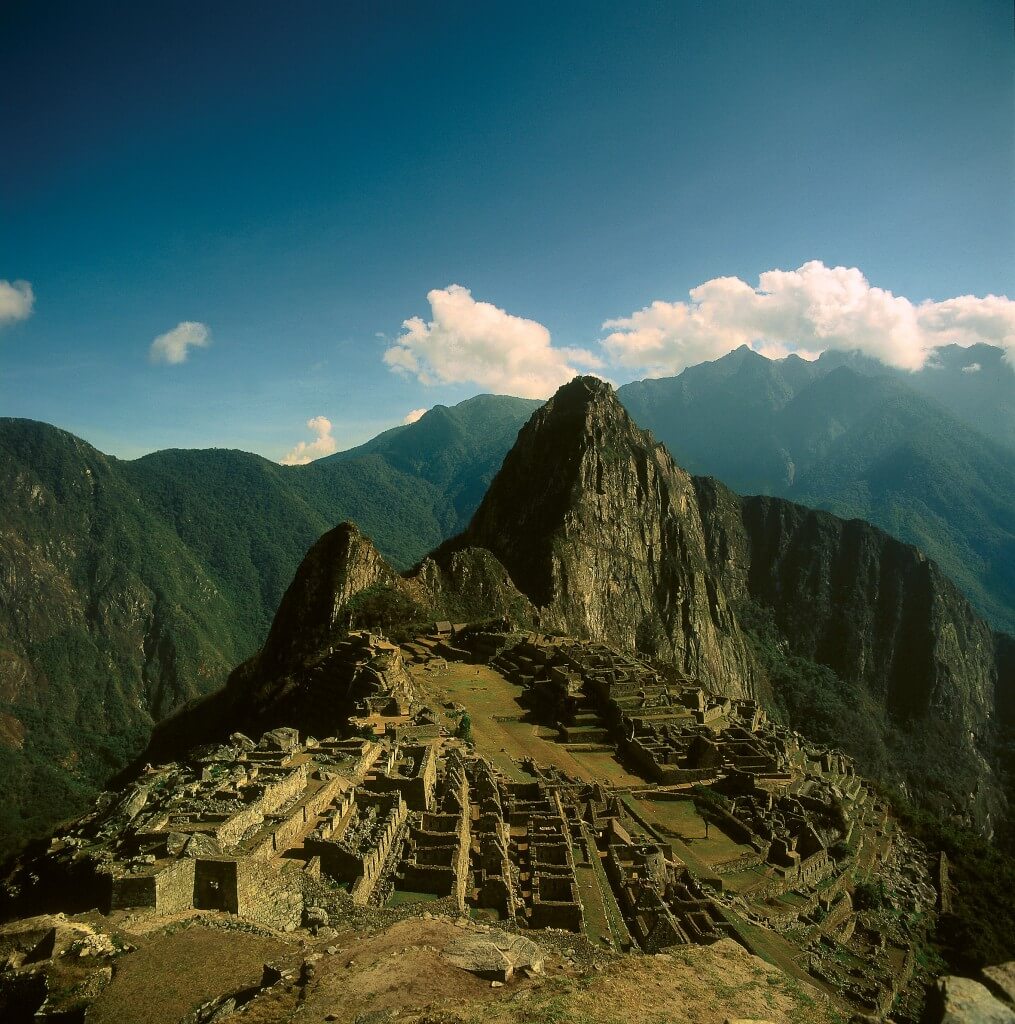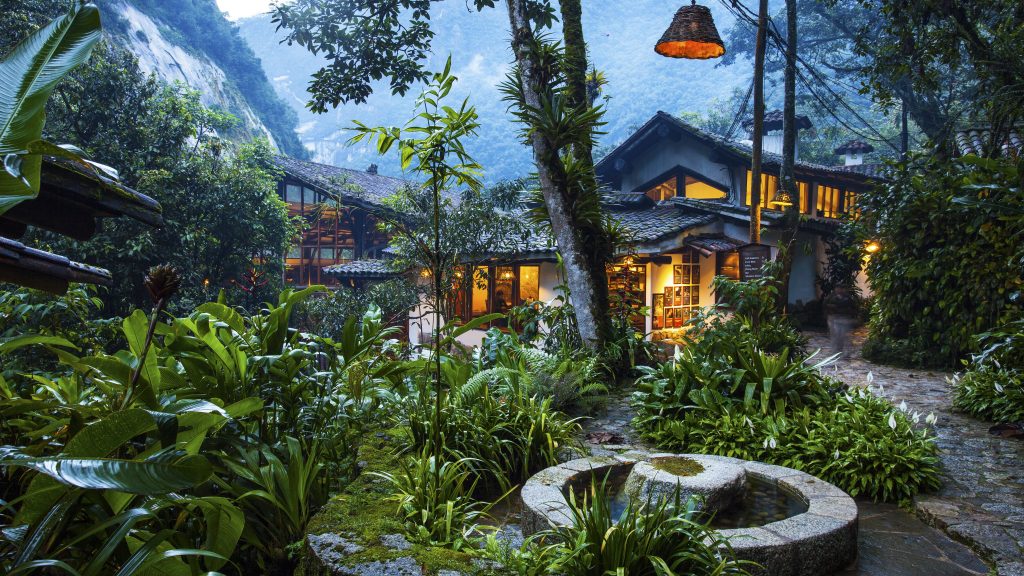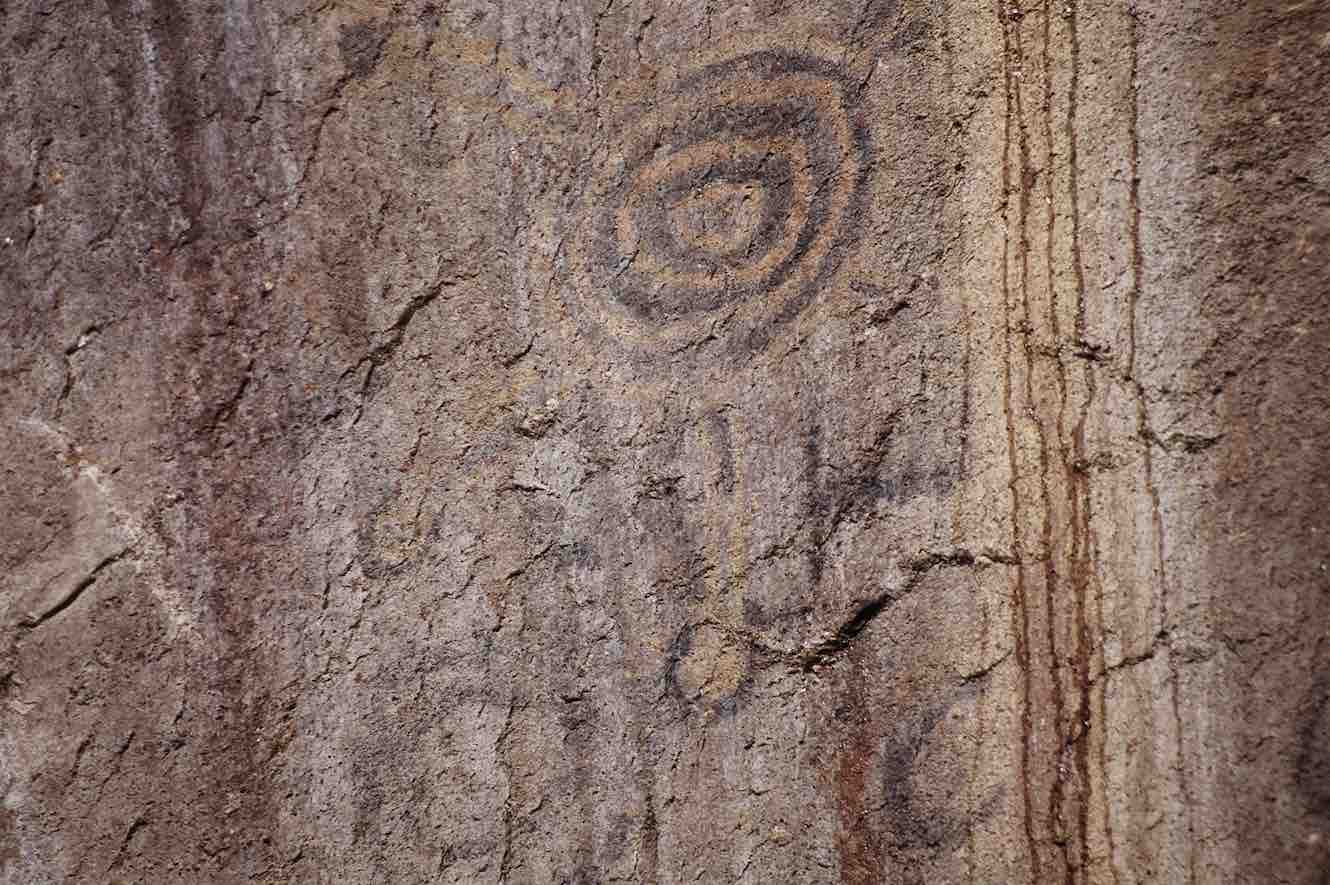Quechuan for ‘Festival of the Sun’, the ancient celebration of Inti Raymi dates back to Pachacutec – a leader of the Incan Dynasty who lived from 1,438 to 1,471. The ceremony originally spanned nine days during the winter solstice and venerated the most important god, Inti. Today, celebrations are predominantly held in one day on 24th June and performances aim to re-enact the original ceremony, pulling together some of the most incredible talents in Peru, with 500 actors, dancers and musicians.
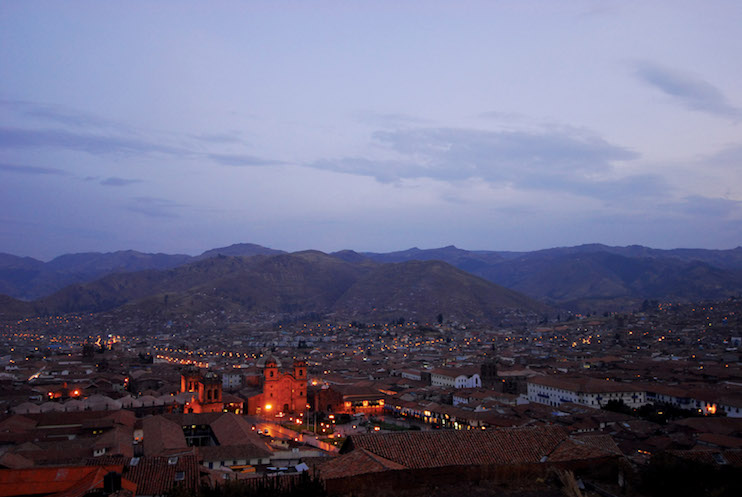
In times when the Incan Dynasty existed, Inti Raymi was the most important of four ceremonies celebrated in the main square of the city of Cusco, the Haukaypata. The ancient rituals included three days of purification and fasting by the Sapa Inca and the Kuracas – the ruler and the principal governors of Cusco. Only water, uncooked corn and chucam were eaten.
Come dawn on June solstice and the crowds of Cusco would gather at the Haukaypata, take off their shoes and face towards the rising sun. As the sun rose higher in the sky, they would crouch and blow kisses in a sign of respect and raise two golden cups filled with offerings. The left cup was given to the sun and the right cup was given to the Sapa Inca and his company.
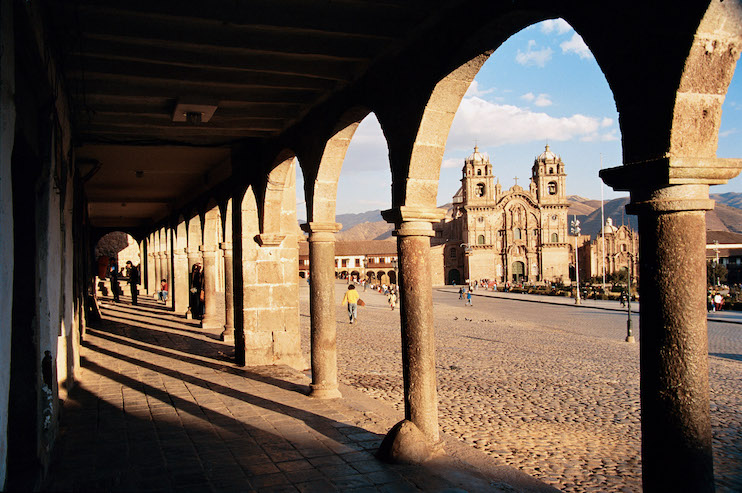
The finale of the ceremony was synonymously the most grave, seeing sacrifices of llamas, and sometimes children, at the Coricancha temple. Pachamama, the earth mother, was also thanked with sacrifices to ensure good harvest as the empire looked toward a new season.
The last ancient Inti Raymi took place in 1535, after which the Spanish colonised Cusco and banned it. Since 1944 re-enactments have taken place in nearby Sacsayhuaman – a couple of kilometres away from Cusco city centre. Many indigenous peoples celebrate the ancient rites of Inti Raymi (minus the human sacrifice) in the Andes and still regard Inti as an important figure when it comes to the prosperity of their land.
This modern recognition of the ancient celebration is very important to us at Inkaterra as it is a key part of the effort to preserve, share and cherish foundations of Peruvian culture. We hope that you will be able to experience it one day to see the way we pay respect to our ancestors and to our land.
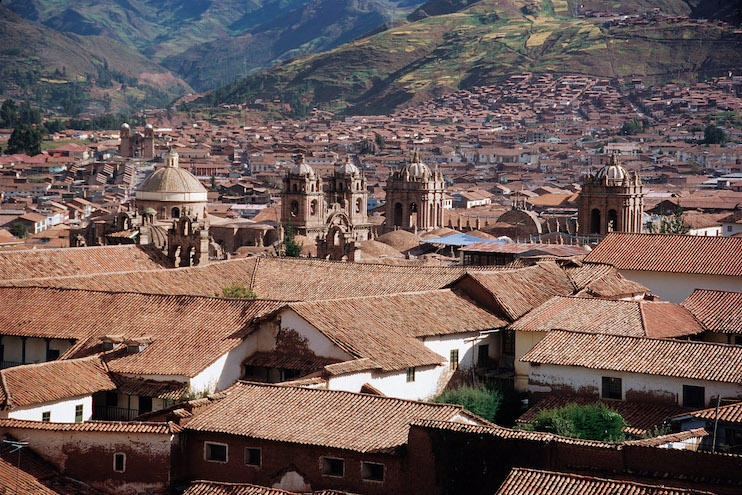
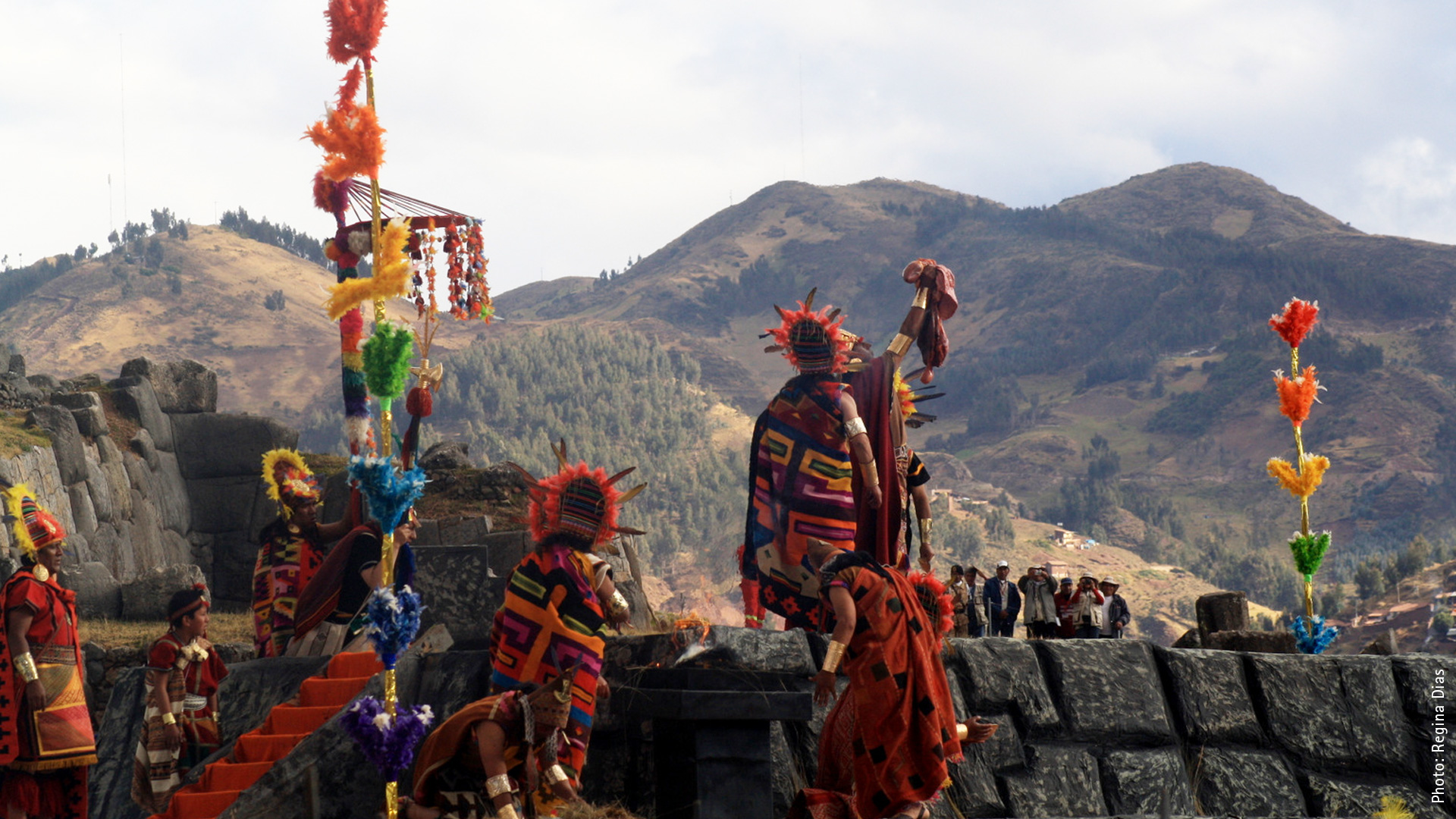



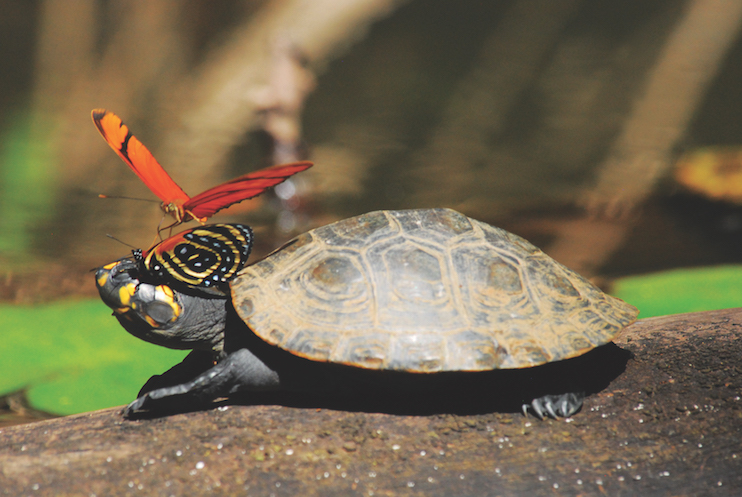
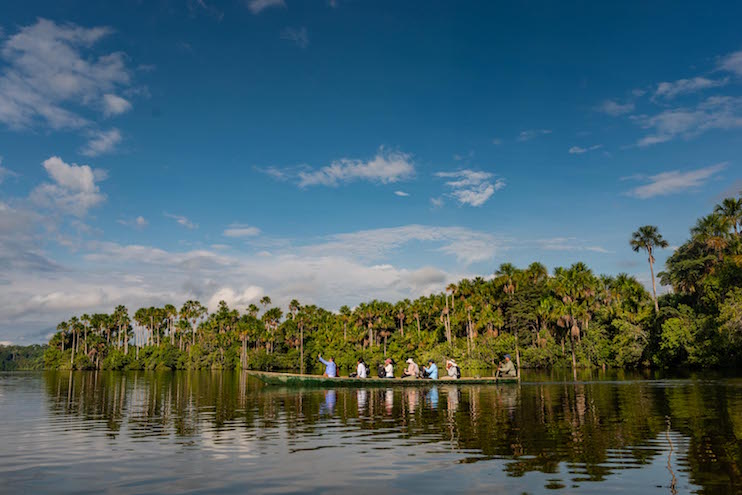
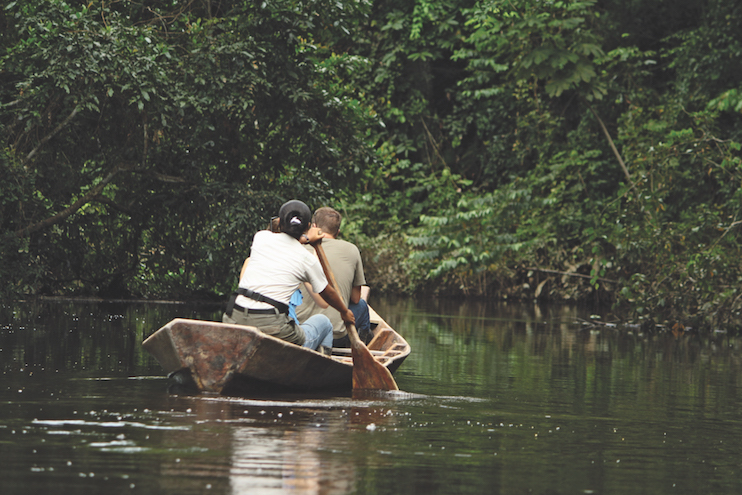
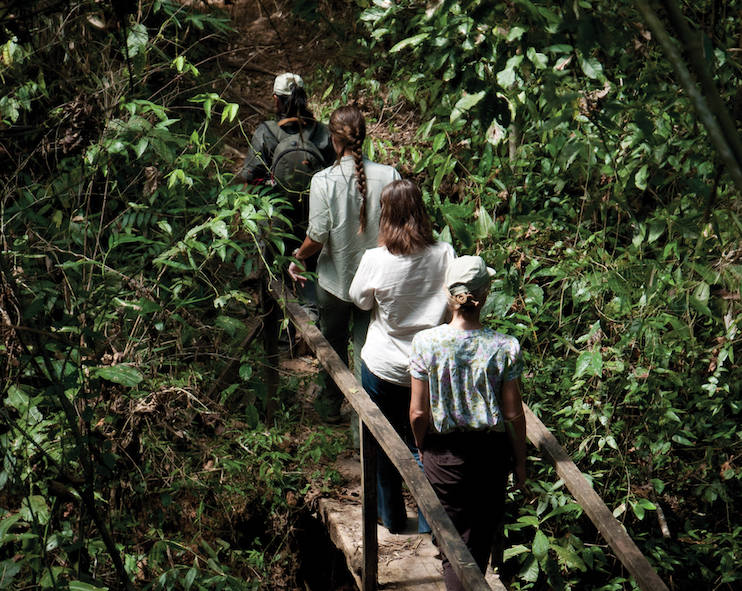
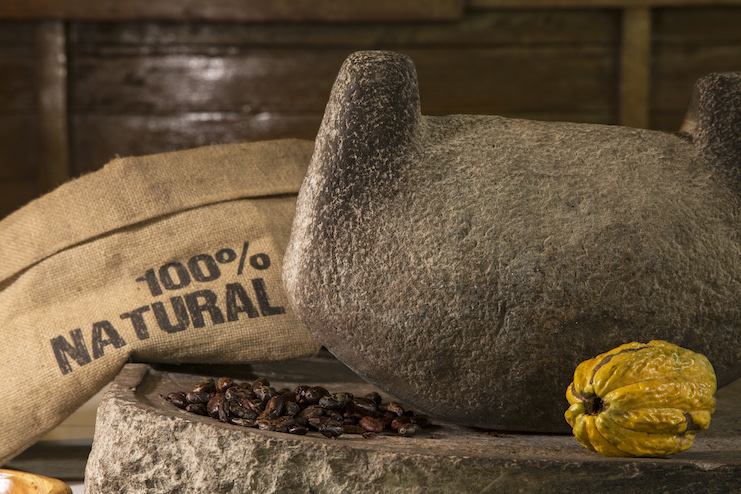




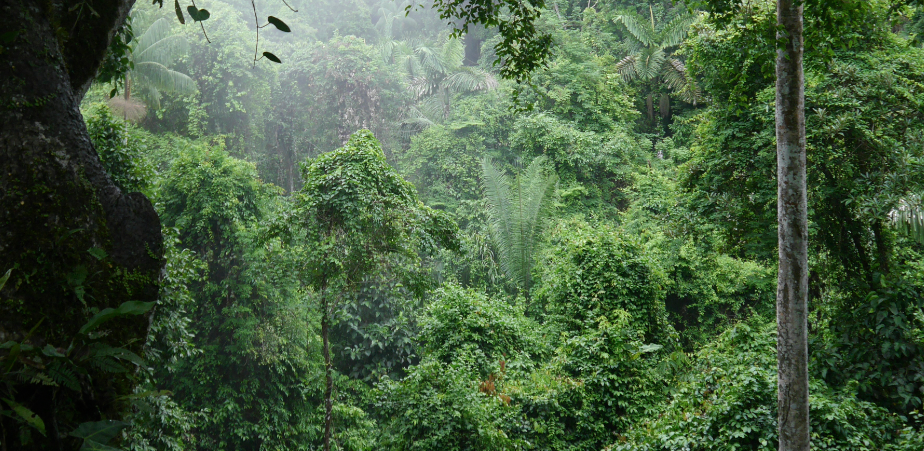
 Providing a collective opportunity to learn from one of the most experienced filmmakers of all time, the event was instrumental in bringing a variety of individuals together holding a common interest and love of nature. We are very pleased to have had the opportunity to partner with Black Factory Cinema for this event and, through expression of film, celebrate the natural beauty of Peru in its full glory.
Providing a collective opportunity to learn from one of the most experienced filmmakers of all time, the event was instrumental in bringing a variety of individuals together holding a common interest and love of nature. We are very pleased to have had the opportunity to partner with Black Factory Cinema for this event and, through expression of film, celebrate the natural beauty of Peru in its full glory.